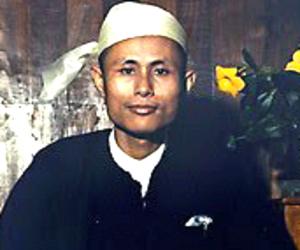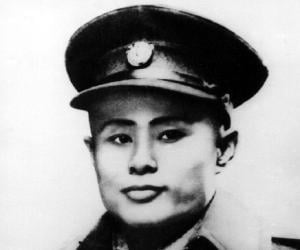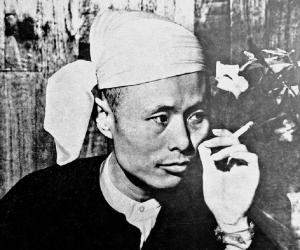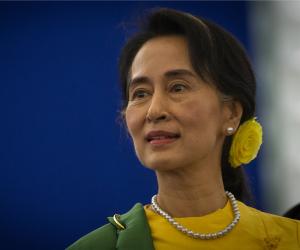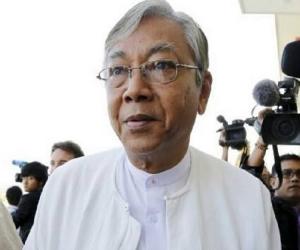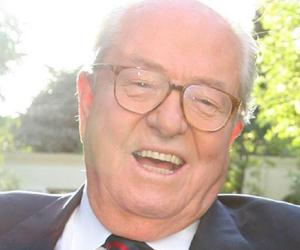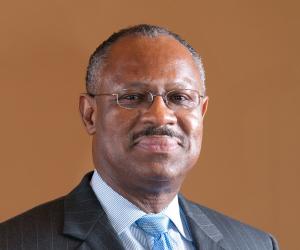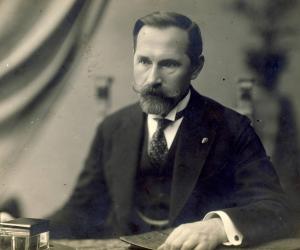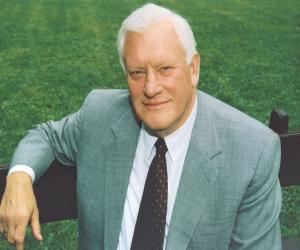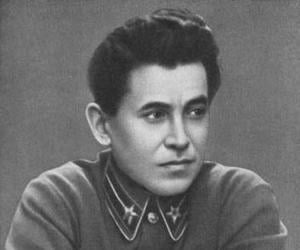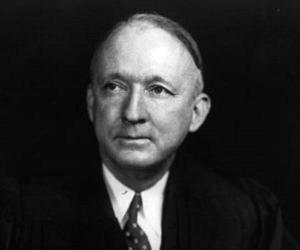Childhood & Early Life
Born in Natmauk, Magway district in central Burma, Aung San's father U Pha was a lawyer. His family was active in Burmese resistance movement and his great uncle Bo Min Yaung fought against the British annexation of Burma in 1886.
He received his primary education at a Buddhist monastic school in Natmauk. Later, he attended Yenangyaung High School for secondary education
In 1933, he took admission at Rangoon University. He was elected to the executive committee of the Rangoon University Students' Union. He also served as the editor for the Union’s magazine "Oway".
In 1938, he was elected president of both the Rangoon University Student Union (RUSU) and the All-Burma Students Union (ABSU). In this year, the government also appointed him as a student representative on the Rangoon University Act. Amendment Committee. He graduated in the same year with a B.A. degree in English literature, Modern History and Political Science from the University.
Continue Reading Below
Career
He started his career in national politics by joining the nationalist organisation ‘Dobama Asiayone’ in 1939 and became it’s secretary-general. He served as its general secretary till August 1940. During his stint with ‘Dobama Asiayone’, he organized a countrywide strike known as ME 1300 Revolution
He also played a pivotal role in founding another nationalist organization, the Freedom Bloc and became its general secretary. He was also a founder member and the first secretary-general of the Communist Party of Burma (CPB) in August 1939.
After a brief period, he co-founded the People’s Revolutionary Party. After the Second World War, this party was named as the Socialist Party. In March 1940, he attended the Indian National Congress Assembly in Ramgarh, India.
When the British government issued a warrant for his arrests in view of his attempts to organize a revolt against the British, he escaped from Burma. At first, he went to China and sought the help of nationalist government of the Kuomintang. But the Japanese military occupiers in Amoy intercepted his effort and convinced him to go to Japan instead. There the Fumimaro Konoe government offered him to supply arms and necessary finance.
He came back to Burma in February 1941. For a short time, he went to Japan again to receive military training. This time, the Thirty Comrades, the first batch of young revolutionaries accompanied him during his journey to Japan.
In 1941, the Minami Kikan whose head was Colonel Suzuki, helped him to form the Burma Independence Army (BIA) in Bangkok, Thailand. This group was aligned with Japan during World War II.
In March 1942, when Rangoon fell to the Japanese, the BIA formed an administration for the country under Thakin Tun Oke. This administration operated in parallel with the Japanese military administration until the Japanese disbanded it.
In July 1942, BIA was formed again as the Burma Defence Army (BDA). He became a colonel and took the responsibility of this force.
When the Japanese declared Burma as an independent nation, he took the responsibility of War Minister and the Burma Defence Army was renamed as the Burma National Army (BNA).
But he was uncertain about the promises of the Japanese for a true independence of Burma .On 27 March in 1945, he led the BNA in a revolt against the Japanese occupiers and defeated the Japanese with the help of the Allies.
After the surrender of the Japanese, he formed the People’s Volunteer Organization, a private political army that aimed to take place of his Burma National Army.
At the end of 1946, he became deputy chairman of Burma’s Executive Council with the help of the Anti-Fascist People’s Freedom League (AFPFL). In effect he was Prime Minister, still he remained subject to the British governor’s veto.
In 1947, he signed an agreement at the Panglong Conference with leaders from other national groups to seek support for a united Burma. In this year, during the general elections, the AFPFL won the majority seats in the election for a Constituent Assembly.
Personal Life & Legacy
In 1942, he married Khin Kyi and the couple had three children: Aung san Oo, an engineer; Aung San Lin , died at age eight and Aung San Suu Kyi, a Nobel laureate.
On 19 July 1947, a gang of armed paramilitaries of former Prime Minister U Saw broke into the Secretariat Building in Rangoon during a meeting of the Executive Council and assassinated Aung San and six of his cabinet ministers
